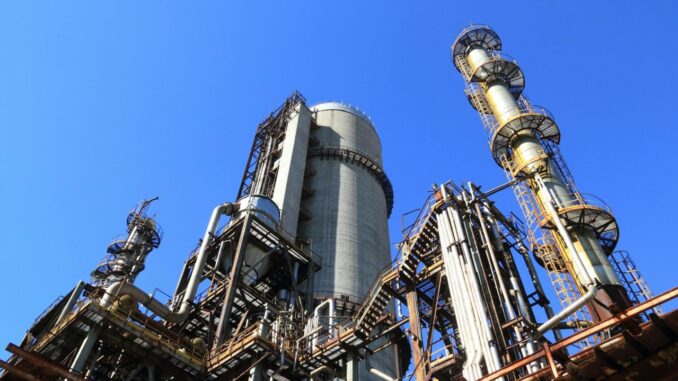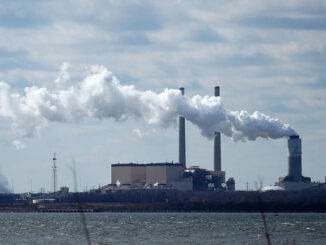
Industry on the Mid-Atlantic coast suffered a surprise blow early Tuesday morning, when a cargo ship crashed into Baltimore’s Francis Scott Key Bridge, causing the structure to collapse in a matter of seconds. Numerous industrial facilities in the immediate area stand to be affected by the crisis. Industrial Info is tracking more than 190 operational plants in the Baltimore area, including 39 facilities with active and planned projects, and nine more facilities planned or under construction.
Maryland transportation authorities have suspended all traffic at the port until further notice. Baltimore Harbor handled 265,000 containers in the fourth quarter of last year, container-shipping expert Lars Jensen told Reuters, which makes it one of the smaller ports on the northeastern seaboard.
“While Baltimore is not one of the largest U.S. East Coast ports, it still imports and exports more than one million containers each year, so there is the potential for this to cause significant disruption to supply chains,” said Emily Stausbøll, market analyst at Xeneta, to the CBC. Experts told The Washington Post that rebuilding the bridge “will cost hundreds of millions of dollars” and could “stretch well beyond one year.”
Jensen believes the flow of containers to Baltimore can be redistributed to bigger ports: The Port of New York and New Jersey handled about 2 million containers in that same period, and Norfolk Port in Virginia handled 850,000, he told Reuters.
On a large peninsula on the western side that includes the Fairfield and Wagners Point areas, Sunoco Logistics Partners LP (Midland, Texas), a subsidiary of Energy Transfer LP (NYSE:ET) (Dallas, Texas), operates two petroleum storage and distribution terminals: Baltimore I, which is designed to hold 861,000 barrels of refined products, and Baltimore II, which is designed to hold 347,891 barrels. Sunoco was preparing to begin a regular maintenance program at Baltimore I next month, which would include normal inspections and upgrades to a pair of 80,000-barrel tanks.
Subscribers to Industrial Info’s Global Market Intelligence (GMI) Terminals Project and Plant databases can learn more from a detailed project report and read detailed profiles of Baltimore I and Baltimore II.
Saudi Aramco (Riyadh, Saudi Arabia) subsidiary Motiva Enterprises LLC (Houston, Texas) also operates two terminals on the Fairfield/Wagners peninsula: the 281,827-barrel West Terminal and the 556,590-barrel East Terminal. Subscribers can read detailed profiles of the East and West terminals.Other terminals on the Fairfield/Wagners peninsula include:
- World Point Terminals‘ (St. Louis, Missouri) subsidiary Center Point Terminal Company LLC’s terminal, which holds up to 1.288 million barrels of refined products and 3,524 barrels of ethanol; see plant profile
- Petroleos de Venezuela SA (Caracas, Venezuela) subsidiary CITGO Petroleum Corporation‘s (Houston) 857,055-barrel terminal; see plant profile
- Colonial Pipeline Company‘s (Alpharetta, Georgia) refined products delivery facility; see plant profile
- Kinder Morgan Incorporated‘s (NYSE:KMI) (Houston) 353,000-barrel terminal; see plant profile
Other terminals in the Baltimore Harbor area include Buckeye Partners LP‘s (Houston) facility just south of the Fairfield/Wagners Point peninsula, which holds up to 454,515 barrels of refined products, 74,072 barrels of ethanol and 16,472 barrels of condensate; Westway Feed Products‘ (Houston) terminal in the Locust Point area, which holds 460,590 barrels of agricultural chemicals; and Apex Oil Company‘s terminal in the Canton area, which holds 647,000 barrels of refined products. Subscribers can read detailed profiles of the Buckeye, Westway and Apex plants.



